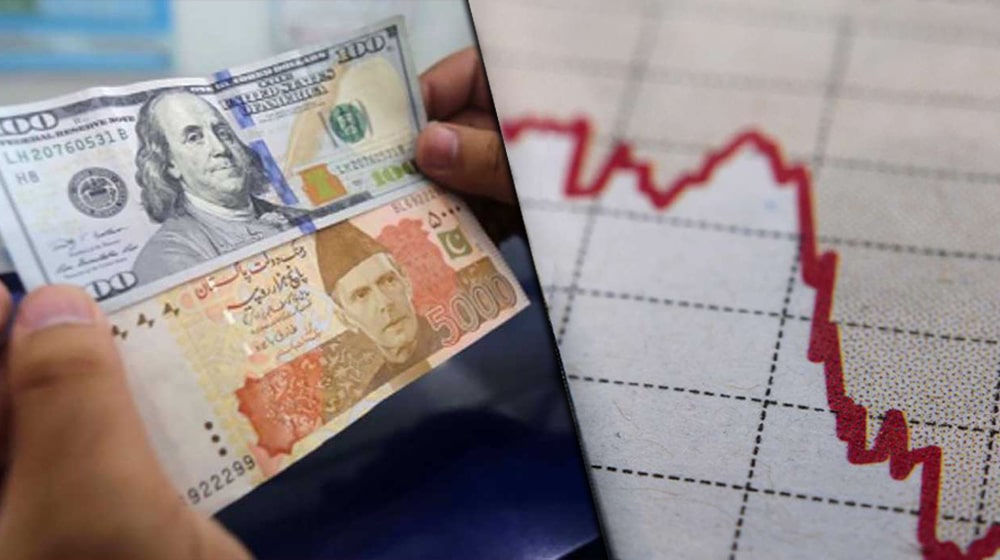The Decline of the Pakistani Rupee
The Pakistani rupee experienced a significant decline against the US Dollar during intraday trade today. After opening at 279.5, the rupee remained bearish throughout the afternoon, reaching a low of 284.98 before a slight rebound. While open market rates managed to stay between 305-310, traders anticipate further bearish trends amidst the ongoing Hajj season. The informal exchange rate traded even higher, ranging from 310 to 315, driven by the prevalence of informal imports seeking higher returns. At the close of the day, the Pakistani rupee depreciated by 0.25 percent, closing at 286.56 after losing 74 paisas. Despite early-day gains, the markets were bearish, with the rupee losing around Rs. 7 against the USD from its opening above 280.
The Pakistani Rupee’s Economic Challenges
Shrinking Foreign Exchange Reserves and Debt Repayments
Pakistan faces an alarming situation with its foreign exchange reserves currently at a dangerously low level of USD 4.3 billion. Additionally, the country is burdened with significant debt repayments until June 2024. These pressing financial obligations have put Pakistan at risk of defaulting on its debt. Moreover, the country is grappling with severe inflationary pressure, as headline inflation hovers above 28 percent year-to-date. In the event of a default, the inflationary pressures could amplify manifold, exacerbating the economic challenges.
Impact of Black Imports and Informal Market
Traders have observed that black imports have cornered legitimate sellers, as profit seekers prefer the informal market due to higher returns. Border control measures have failed to curb the smuggling of goods, allowing smugglers to bypass customs regulations. This thriving illicit business, coupled with the scarcity of currency in formal exchange counters, has contributed to the further depreciation of the Pakistani rupee. The political situation remains unchanged, adding to the factors working in unison to drive the value of PKR down. While a default may temporarily restore balance, it is not a sustainable solution.
READ MORE: Pakistan Witnessed a Drastic 74% Dip in Mobile Imports to $473 Million in FY23
The Steady Decline of the Pakistani Rupee
The Pakistani rupee has been on a downward trajectory since January 2023, experiencing a depreciation of nearly Rs. 60 against the US Dollar. From April 2022 to the present day, the rupee has weakened by over Rs. 107 against the greenback. The exchange rate movements witnessed today alone resulted in a loss of 74 paisas against the dollar, further exacerbating the financial challenges faced by Pakistan.
The Impending Debt Crisis and the Need for External Support
According to a comprehensive report by Arif Habib Limited (AHL), Pakistan is confronted with a daunting external debt servicing requirement of $5 billion. Given that support from friendly countries is often tied to the IMF’s approval, a sovereign default appears likely. Even in the most optimistic scenario, where Pakistan manages to secure support from bilateral friends such as Saudi Arabia, UAE, and China, in the form of rollovers and fresh funding, and runs a balanced current account, there remains a shortfall of $5 billion to meet the external debt servicing requirement of $27 billion in FY24, as highlighted in the report.
The Interbank Market: PKR vs. Major Currencies
In today’s interbank currency market, the Pakistani rupee experienced a decline against all major currencies. It lost 39 paisas against the Canadian Dollar (CAD), Rs. 1.57 against the Pound Sterling (GBP), and Rs. 1.64 against the Euro (EUR). Furthermore, it weakened by nine paisas against the Australian Dollar (AUD), 19




